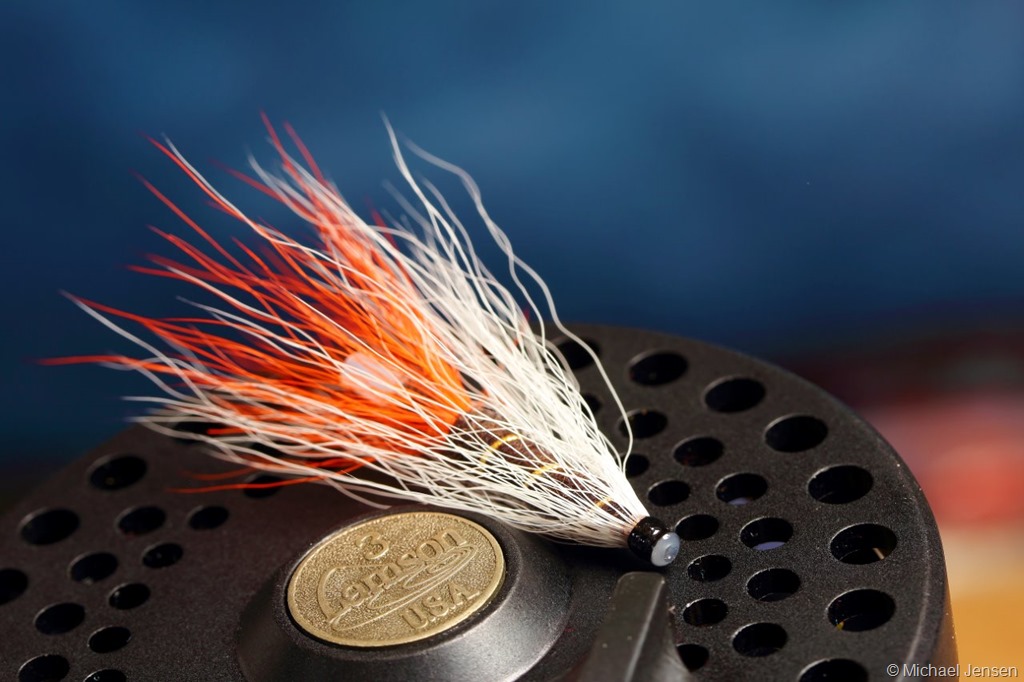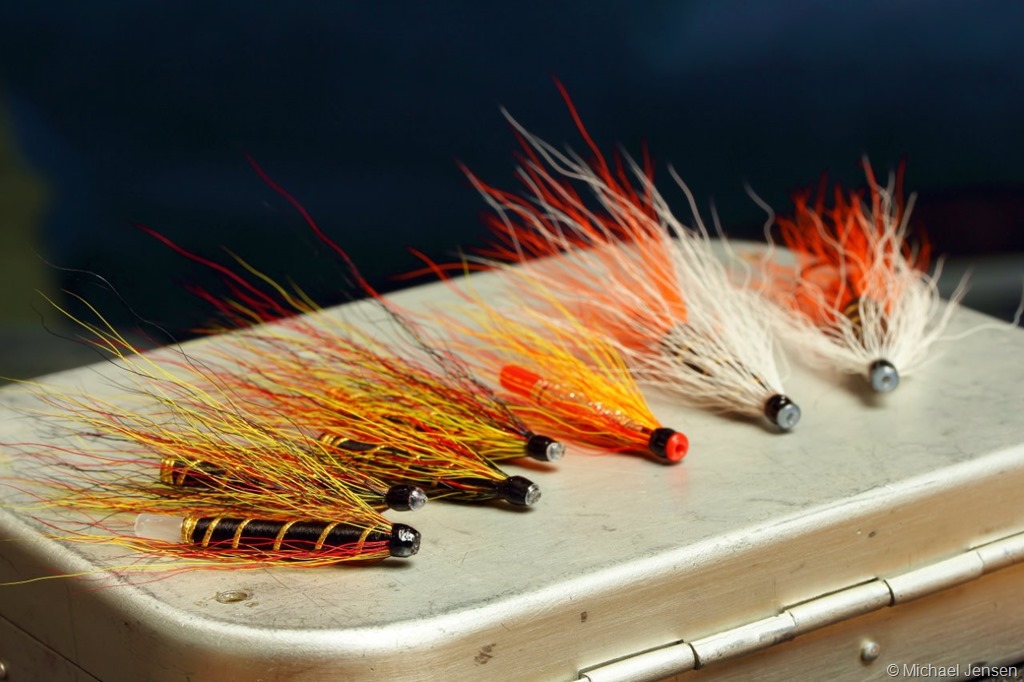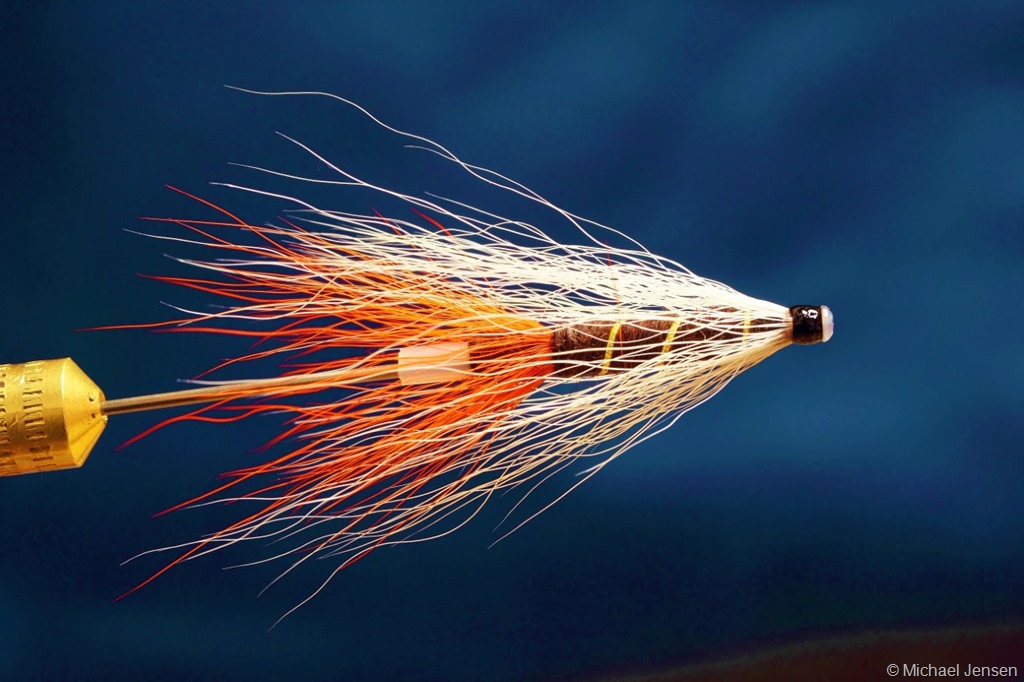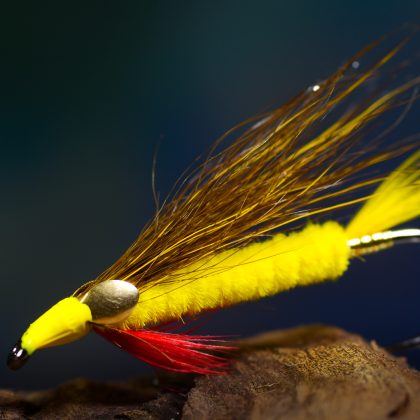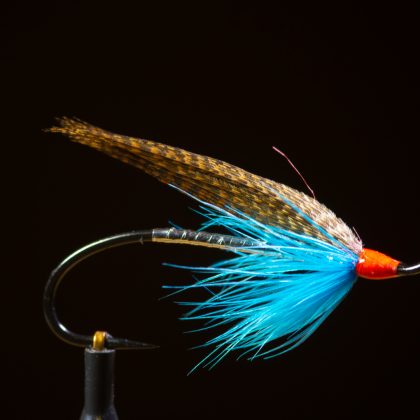Winter is here, and I guess I should have turned my attention towards pike and perch now. But… this season is uhm… special. I can’t seem to get my mind of trout, sea trout and salmon. So since there really is not much trouty stuff going on at the moment… at least not in freshwater – well there’s always some fly tying that needs to be done. At least it keeps cabin fever under control and brings back good memories.
I took a late night trip down memory lane this weekend, tying tube flies in classic British style. Seems like most Scandinavian tube fly tiers uses cone heads, discs, fox hair, zonker strips and a large assortment of prefabricated tube fly bodies these days. I don’t consciously try to go against the mainstream current, but I often find myself wondering what the f… we did before all this stuff made things easier… or more confusing for us :0)
So I decided to tie up a batch of good old classic tube flies. There’s something magical about these pretty basic flies that have been around for decades, and have paid their dues… catching thousands of sea trout and salmon. And I find bucktail very underrated these days. Don’t trust people that tell you bucktail hair are stiff. When wet they soften up. Tied sparingly and splayed, the individual hair has got real spey-like quality. Seems to breathe and pulsate in the current.
Here are some of my favorites:
Willie Gun
Black body, silver rib and tag, mixed bucktail wing (black, red, yellow). This is a go-to fly in many different fishing situations. It is dark and colorful… without being flashy. A great fly for sea trout at night and salmon anytime and anywhere.
Mickey Finn Variant
Silver body and rib. Mixed bucktail wing (red, yellow). Flashy and fiery. Splendid for discolored or peat stained water. Super choice for cold early season fishing.
The Junction Shrimp
Black body, gold rib – and hot orange and white bucktail. Orange for the tail “hackle” and white for the front. Named after the Junction Pool in River Tweed, but works anywhere. Shrimp-like, easy visible even in low light conditions – and just plain fishy.


